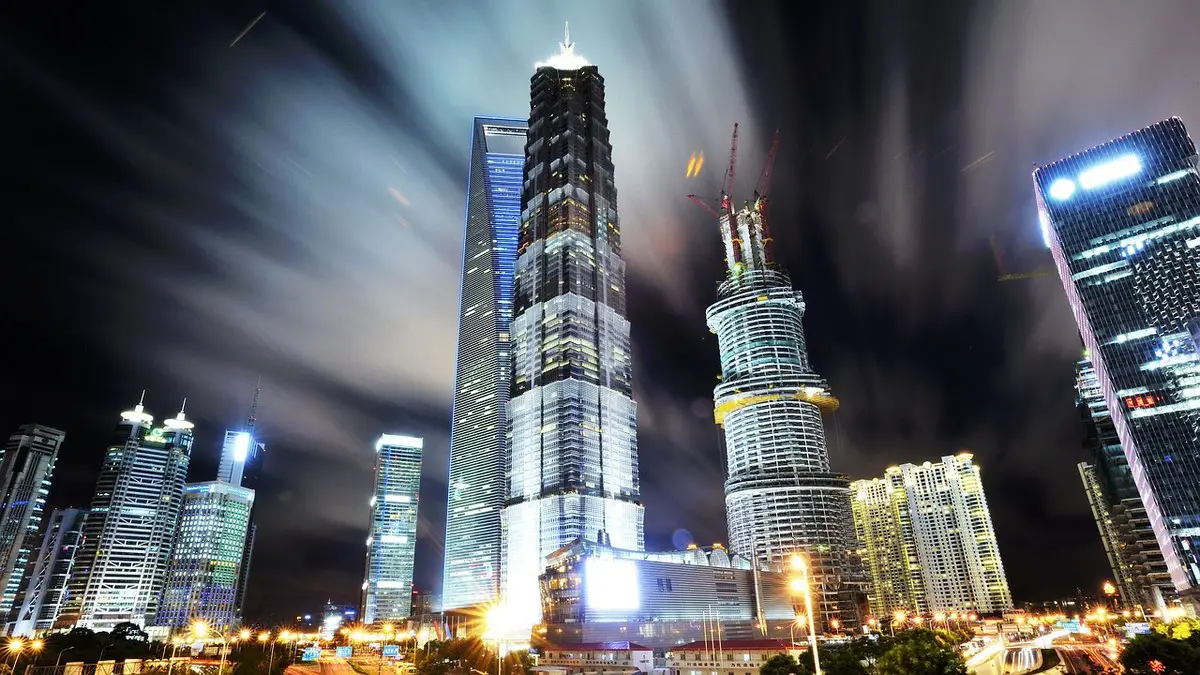Architectural lessons from digital spaces, Importance of social design, Online cam chat
Architectural Lessons From Digital Spaces
27 August 2024
Architectural Lessons From Digital Spaces: The Importance of Social Design
There are 4.8 billion social media users worldwide, a figure that represents 59.9% of the global population and 92.7% of all internet users. While social media platforms have served as a staple form of communication, the recent shift to digital spaces — such as the metaverse — has brought to light a new way of social interaction. Physical architecture may seem far from the virtual world, there are a number of lessons that can come from digital spaces, from design choices that facilitate an immersive experience to the application of social architecture in physical spaces.
What we can learn from virtual spaces
The metaverse serves as the ideal example of new digital spaces that aim to enable online social connection through immersion. While digital spaces may seem to largely deal with online design choices akin to web design, it’s necessary to take into account the significant role that architecture has even in digital spaces. Kirk Finkel, also known as Untitled, XYZ, is a traditional urban planner turned full time Web3 architect. According to the 2021 article from The Defiant by Brady Dale, Untitled is the architect in residence for the Museum of Crypto Art (MOCA), which exists in Somnium, defined as “a corner of the metaverse that really emphasizes a virtual reality experience.” In an interview with The Defiant by phone, Untitled explains the scope of architecture within a digital space. “People are looking for the most immersive and disruptive experience that they can create,” he said, going on to note: “Virtual reality really creates a collective environment.” Untitled goes on to describe the wonders of the blockchain world, which he notes felt like a public space, or “an area that wasn’t visualized yet but one where people were collaborating on things.”
While digital spaces like the metaverse encompass an entirely different type of architecture, the emphasis on immersive social spaces is evident. When creating a public space in the metaverse, facilitating communication with others is often a priority. The application of social architecture in physical spaces can be explored via “phygital space,” or the convergence of the physical and digital realms. According to Architect Magazine, the trend can be seen in examples such as immersive art and phygital events,’ which are noted to be the future of music performances and other live events. While such concepts explore the combination of the physical and digital realms, applying the overall idea — connection and social interaction — to physical architecture can result in innovative and modern outcomes.
Applying social architecture to physical spaces
When aiming to apply social architecture to a physical space, there are a number of viable options to explore. In a nutshell, the end goal is to create a space that enables easier social interaction among occupants. An open floor plan for areas such as the living room or basement is just one prime example of social architecture, though it can also be applied in a way so that areas like the dining space, kitchen, or living room flow into one another with ease. This concept essentially breaks down physical barriers, and encourages social interaction among those who are using these spaces while bringing increased lighting and the illusion of more space into play.
The incorporation of ample space for online social communication can be a great way to meld physical architecture with the digital world. For example, the creation of an office that makes video calling a true possibility can effectively set the stage for global communication, whether it be remote work or interacting with others online for enjoyment via innovative platforms. InstaCams is just one platform that enables individuals to connect to others around the globe, making it possible for diverse friendships and meaningful conversation to thrive in a random way. The platform works to connect random individuals based on preferences and settings in order to form a genuine and engaging experience. Ideally, this may look like a soundproof room that features large windows for ample natural lighting. A desk space and comfortable furniture further complete the office, while the incorporation of shelving serves as convenient storage. The result can serve as the ideal way to get work done in peace or take video calls without worry of interruption.
Today, social connection extends well beyond social media. With immersive platforms such as the metaverse, architecture and the way we communicate are rapidly evolving. Modern social connection, as a result, paves the way for valuable architectural concepts that can be applied to physical spaces. From open plan flooring to design that facilitates online connection, there is no shortage of real-world applications via social architecture.
Comments on this guide to Architectural Lessons From Digital Spaces: The Importance of Social Design article are welcome.
Construction Safety
Construction Safety Posts
Common construction site injuries
Construction industry health and safety importance
Why Construction Safety Is Important
Building Articles
Residential Architecture
Comments / photos for the Architectural Lessons From Digital Spaces: The Importance of Social Design page welcome.







